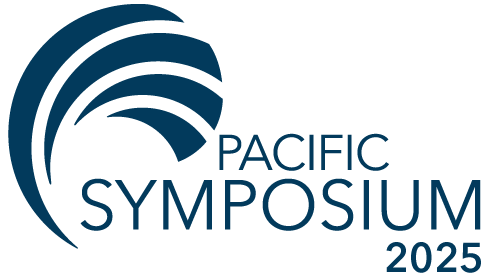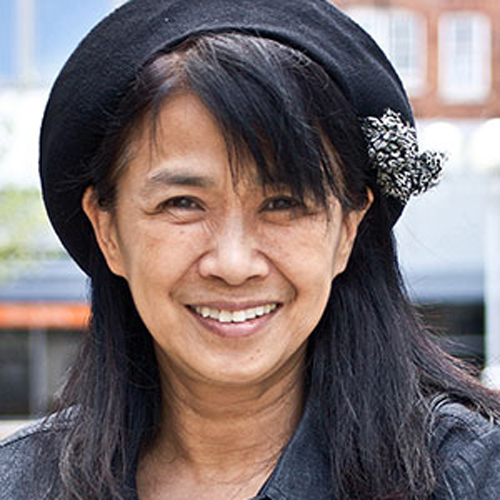How much information can we gather in one minute of patient observation? How strong are these initial deep insights? According to the Ling Shu, chapter 4: “The high-level physician sees how the hidden energies from inside are seen on the outside, and then the invisible becomes visible.” 80% of diagnosis can be done in the first minute, or even at the first glance. By applying the simple core tools of Chinese medical observation to clinical practice, it is possible to see and sense the inner manifestation of disease patterns, traumas, zheng qi, and healing potential. This is an introduction to a step-by-step diagnosis and a guide to developing your diagnostic tools, as deep diagnosis and a well-constructed treatment strategy are key to successful results. One must see to believe; one must experience to know.






